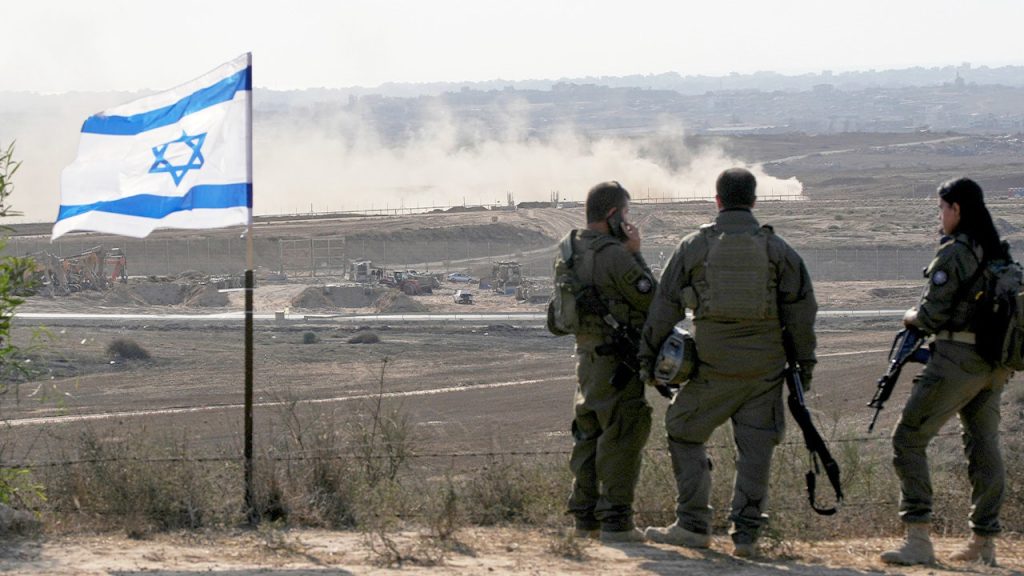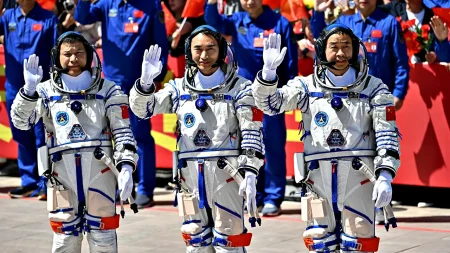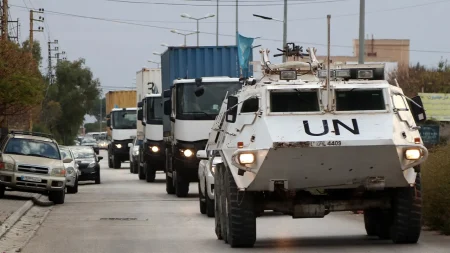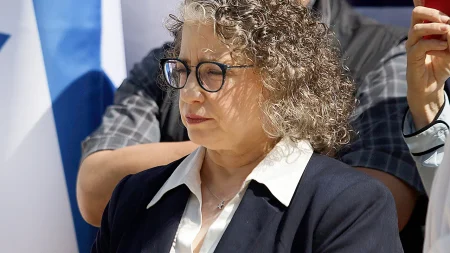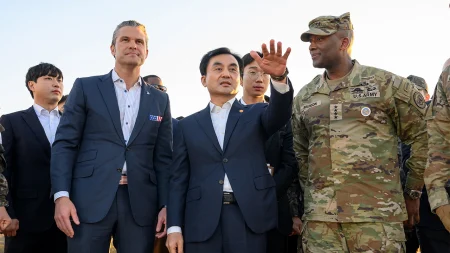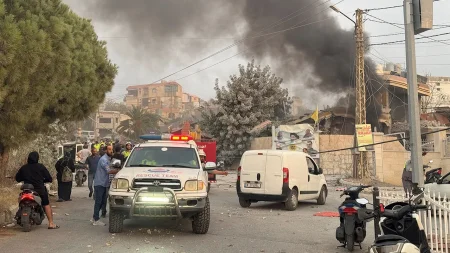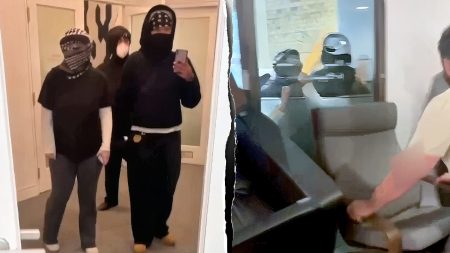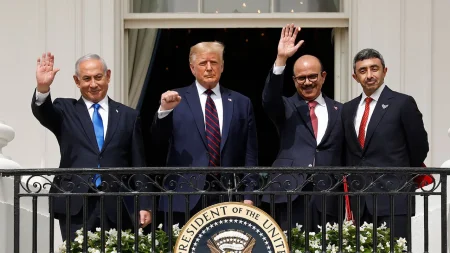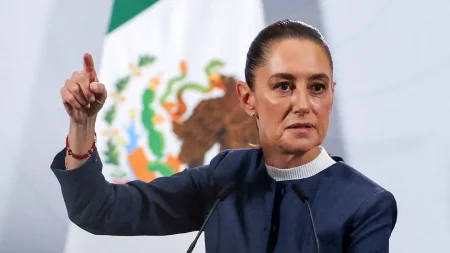The Never-Ending Cycle: Reporting from the Middle East
After 25 years of reporting from the Middle East, I’ve found that the old cliché holds true: “The more things change, the more they stay the same.” Yet my recent three-week stint in Israel has been anything but monotonous—it’s been a turbulent journey filled with moments of hope quickly dashed by violence and hardened positions. The emotional rollercoaster began with our first field assignment, visiting families of Hamas hostages and those fortunate enough to have been released. This remains one of the most heart-wrenching aspects of the conflict for most Israelis: 48 people taken captive by Hamas, with only 20 believed to still be alive after nearly two years of war. We met with these families on Day 700 of captivity, witnessing their raw pain and desperate hope. Lishay Lava-Mira pleaded for her husband Omri’s return, while Liron Berman maintained faith that his twin brothers would survive, saying simply, “They’re strong.” Perhaps most striking was our conversation with Keith Siegel, himself held captive for nearly 500 days before his release. Looking remarkably composed and healthy given his ordeal, he expressed a sentiment I’ve heard increasingly: looking beyond Israel’s government for solutions, directly appealing to international figures: “I call upon Trump to continue his efforts.”
Early in our visit, a flicker of hope emerged with a new U.S.-backed peace proposal—all 48 hostages would be released in exchange for 3,000 Palestinian prisoners, followed by a ceasefire to determine next steps. It seemed like a reasonable path forward, a chance to break the destructive cycle. But that hope quickly unraveled from all directions. First came a devastating attack: two gunmen opened fire on a Jerusalem commuter bus and bus stop as we finished breakfast at our hotel, leaving six dead and many injured. The scenes were horrific, though the response to neutralize the attackers was swift. The very next morning, while my cameraman Ben and I were filming a routine news update from our hotel balcony, I noticed our dedicated producer Yael jumping frantically inside our makeshift studio room. Breaking news had just hit: Israel had targeted Hamas leadership in Doha, Qatar—supposedly neutral territory where, according to militant sources, peace plan discussions were underway. The U.S. proposal died in that moment, as swiftly as those Israel had targeted.
The final nail in the peace process coffin came with Israel’s long-threatened full-scale ground invasion of Gaza City, aimed at eliminating an estimated 3,000 remaining Hamas fighters and their infrastructure. Prime Minister Netanyahu’s position was unequivocal: “What starts in Gaza ends in Gaza,” referring to the October 7th Hamas attack that triggered this war. This is when my frustration as an experienced combat reporter intensifies, shared by our war team of cameraman Ben, producer Yael, and security officer Rob. Throughout this conflict, Israel has severely restricted media access to Gaza operations, forcing us to rely on local journalists to document the devastation. What they capture is heartbreaking: a destroyed urban landscape and the overwhelming human suffering of hundreds of thousands of civilians—many not Hamas supporters—trapped in a living hell created by both the terrorists and the military response.
The phrase “I wouldn’t wish this on my worst enemy” comes to mind, though perhaps I might make an exception for Hamas leadership—but certainly not for the innocent Palestinian children who understand nothing of the geopolitical forces destroying their world. IDF officials tell us they’re proceeding cautiously through what now resembles a lunar landscape in Gaza, taking care to minimize civilian casualties and avoid endangering any remaining hostages. Yet these assurances ring somewhat hollow when Hamas-backed health officials report 65,000 deaths over the two-year conflict. Military officials estimate this Gaza City operation could take four months to complete—an eternity for morale-depleted reservists fighting the war, for civilians enduring unimaginable hardship, and most critically, for the hostages whose lives hang in the balance with each passing day.
The situation feels increasingly hopeless without a breakthrough. It’s no wonder locals increasingly look beyond their own leadership to potential mediators like former President Trump, various countries, international bodies, or religious figures to intercede. Israel’s past conflicts with groups like Hezbollah or even Iran seemed like relatively modern, contained military operations. By contrast, the fighting in Gaza has devolved into something resembling the brutal trench warfare of World War I—primitive, devastating, and seemingly without end. Between our live shots and reporting from Tel Aviv, my team occasionally visits the seaside city’s vibrant bars and restaurants, which remarkably continue to operate at full capacity despite everything. In these brief moments of normalcy, I can’t help wondering what this country could be like—and equally, what life could be for the wonderfully diverse Palestinian population—without the constant burden of conflict weighing on everyone’s shoulders.
After decades reporting from this region, watching cycles of violence, brief hopes for peace, and returns to hostility, I leave this trip with no answers—only more questions. The seemingly permanent state of conflict persists, with leaders on both sides unable or unwilling to break free from entrenched positions, while ordinary citizens on all sides continue paying the devastating price. As journalists, we can only continue documenting this tragedy, hoping that somehow, someday, reason will prevail over vengeance, and peace over perpetual war.





